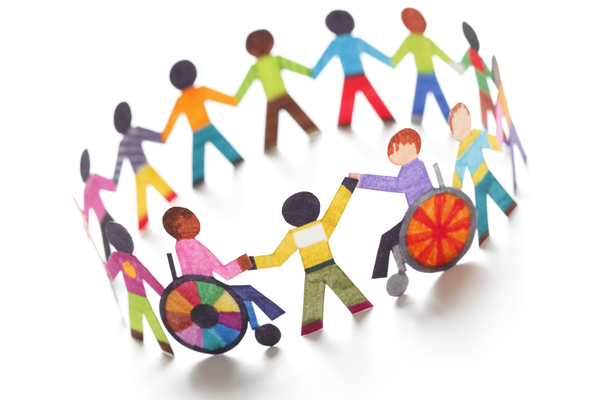Combating bullying among students with disabilities is an important and admirable task. Researchers and campaigners have worked extensively to solve this issue through studies, solutions, and raising awareness.
Students with disabilities are considerably more likely than their peers to be bullied and socially alienated at school. Researchers at the University of Missouri cooperated to create an evidence-based, online professional development curriculum to assist instructors in recognizing, responding to, and preventing bullying toward these adolescents.
The curriculum emphasizes the importance of teachers developing strong rapports with their students, recognizing changes in student behavior as potential warning signs, incorporating social and communication skills into classroom learning objectives, and using behavior-specific praise in a way that highlights students’ strengths and encourages peer collaboration.
While the online curriculum was recently received and implemented successfully by 200 elementary school teachers in a pilot study in the United States’ southeastern region, the researchers hope that with additional federal funding, the online curriculum will soon be accessible to teachers nationwide.
“Teachers often tell us they don’t feel prepared to address bullying issues at school, especially those complicated cases involving at-risk youth or kids with disabilities,” said Chad Rose, an associate professor in the MU College of Education and Human Development. “Students with disabilities often get bullied more than their peers without a disability. For example, kids with a stutter or kids that may walk or talk differently than their neurotypical peers often get mimicked, which could actually be a violation of federal civil rights laws related to disability-based harassment.”
Teachers often tell us they don’t feel prepared to address bullying issues at school, especially those complicated cases involving at-risk youth or kids with disabilities. Students with disabilities often get bullied more than their peers without a disability.
Chad Rose
Given teachers’ hectic schedules, Rose and colleagues developed an evidence-based online curriculum that can be completed in four hours, as opposed to most bullying-related professional development courses, which last a full day and do not always include evidence-based information. The training is divided into sections that include how to spot and respond to bullying as well as overall ideas for improving classroom climates to decrease or prevent bullying in the first place.
“In the diverse public school district where we piloted this program, the teachers found it enjoyable and relevant. It increased their knowledge in bullying prevention, and it increased their willingness to intervene when they see bullying happening,” Rose said. “One of the easiest, fastest, simplest, and most effective things teachers can do is implement social and communication skills as a learning objective into their already-made lesson plans. Instead of just teaching students math or science, tell them you will be monitoring how well they interact with one another.”
Rose encourages instructors to stroll around their classrooms and recognize children who are interacting positively with others.
“The two biggest predictors of bullying that I have seen throughout my career are deficits in social and communication skills,” Rose explained. “If we can improve those two areas, not only will bullying decrease, but students’ confidence in themselves will rise. That puts them up for success no matter what they accomplish later in life.”

Rose highlighted that students with disabilities are typically socially rejected by their peers for being “different” at a significantly higher rate than normal pupils. Rose discovered in a 2022 study that social exclusion is a considerably more common form of bullying than physical or verbal hostility.
“Imagine trying to learn algebra while worrying about whether the kid sitting next to you even likes you in the first place,” Rose remarked. “We don’t have to be best friends, but we should be nice to everyone.”
Rose added that for students who are bullied most often, he encourages them, depending on the situation, to know when to be assertive and to stand up for one’s values system, know when to walk away from a situation, as well as know who to tell if the environment seems unsafe.
“From the students’ point of view, self-advocacy, self-determination, goal setting, and knowing how to be assertive without being aggressive are critical,” Rose explained. “We want teachers to highlight students’ strengths in front of the entire class so that others begin to perceive them differently.” Some students focus on what makes someone different, but if teachers can give behavior-specific praise when they observe good things happening, it can increase students’ self-esteem.”
Rose has been researching bullying prevention for 18 years and is the director of the Mizzou Ed Bully Prevention Lab. He grew interested in the subject while working as a high school special education teacher with at-risk adolescents after graduating from college.
“I want to help the kids who go to bed thinking about what they don’t like about themselves,” Rose said. “If I can help them feel better about themselves by emphasizing what makes them great, that is my ultimate goal.”
Future ideas include putting bullying “office hours” into the online curriculum so that teachers can contact Rose, his collaborators, and their team of bully prevention coaches in real time regarding individual case studies.
The article “Development of online professional development for teachers: Understanding, recognizing, and responding to bullying for students with disabilities” was published recently in Education and Urban Society. The Institute of Education Sciences of the United States Department of Education supplied funding.
















